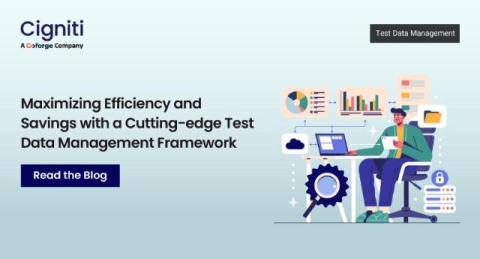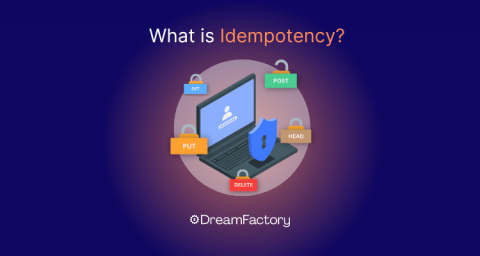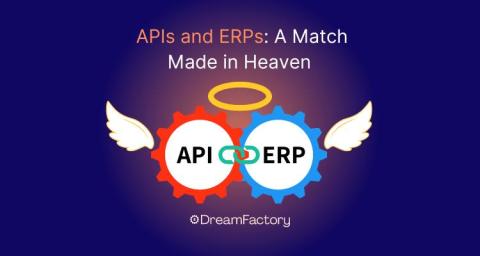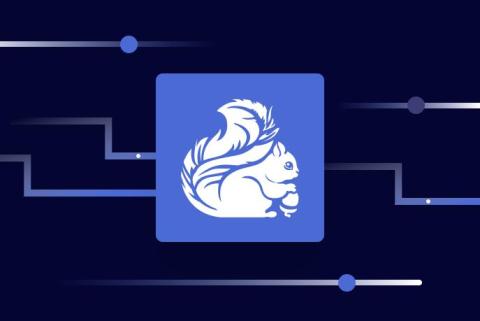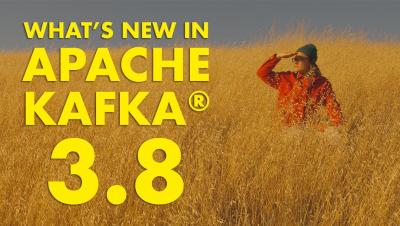Maximizing Efficiency and Savings with a Cutting-edge Test Data Management Framework
In today’s regulatory environment, organizations are compelled to adopt stringent security measures to mitigate the risk of PII (Personally Identifiable Information) data breaches in their production environments. However, the pressure to provision more test data in non-production environments, often sourced from production data, has introduced new vulnerabilities.


